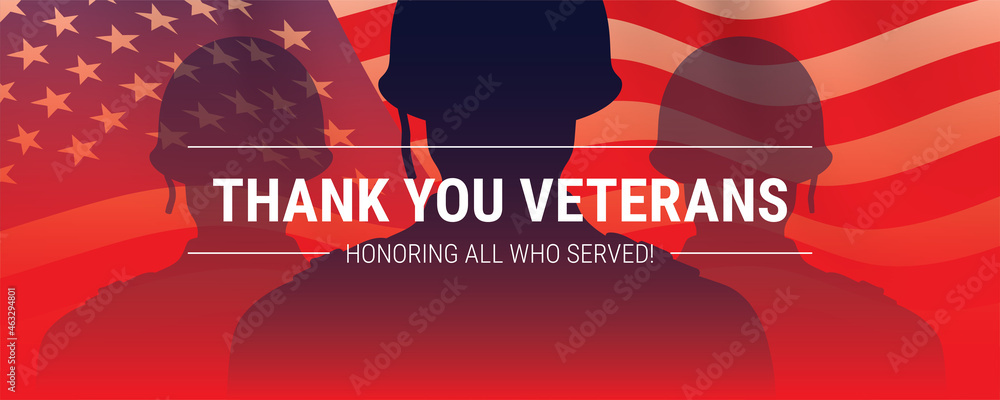
Why Your MOS Might Be the Key to Your VA Disability Rating
Introduction
For many veterans, understanding the true impact of their Military Occupational Specialty (MOS)—also referred to as a Rating, AFSC, or military job—could be the key to unlocking a successful VA disability claim. A veteran’s MOS is more than just a job title; it represents the entire scope of their active duty life. Despite this, MOS details are often underreported in claims, which may result in denials or lower ratings.
Why the MOS Matters in VA Disability Claims
Many VA raters are civilians with no military experience. Even those with service experience may not be familiar with the daily rigors of a particular MOS. Because of this, the burden of providing context falls on the veteran. Properly documenting an MOS in a claim can uncover presumptive conditions, exposure profiles, and physical or psychological injury patterns tied to specific duties.
Examples: How Specific MOSs Impact Claims
Example 1: Tankers (19K / 19H)
Tankers routinely encounter physical stress from jumping on and off armored vehicles, leading to ankle, knee, and hip injuries. Prolonged exposure to loud artillery, diesel fumes, vibration, and hydraulic fluids introduces both orthopedic and environmental risk factors. These are often unrecognized unless clearly documented in the claim.
Example 2: Combat Engineers (12B)
Combat engineers carry heavy equipment and are frequently exposed to blast injuries, leading to musculoskeletal wear, traumatic brain injuries (TBIs), and particulate inhalation from explosives. Hand injuries, shoulder strains, and hearing loss are common but must be well-supported in the documentation.
Example 3: Aviation Mechanics
Aviation maintainers work in confined, awkward spaces without the use of power tools on airframes. This leads to repetitive strain injuries, shoulder tendinosis, neck and back pain, and significant noise exposure. Chemical exposures from jet fuel, hydraulic fluid, and potentially firefighting foam further complicate these roles.
Critical Resource: The VA’s FAST Letter
The 2010 VA FAST
Letter identifies MOSs with a high or moderate probability of hazardous noise exposure. If a veteran’s MOS is on this list, the VA may concede in-service exposure—even without supporting medical records. This concession is especially important in claims related to hearing loss and tinnitus.
“If the duty MOS is shown to have a high probability of exposure to hazardous noise, such exposure will be conceded for the purposes of establishing the in-service event.” — VA FAST Letter, 2010
This means the VA acknowledges the connection without requiring additional proof, placing the burden of disproof on the VA rather than the veteran. To be effective, this information must be explicitly stated in the claim—VA raters do not automatically cross-reference the FAST list.
The 2010 VA FAST in PDF format below:
How to Apply This in a VA Claim Appeal
The most effective place to leverage MOS evidence is in a statement in support of claim (SOC or SCI-SOC). Veterans—or their advocates—should detail:
- Daily duties and physical expectations
- Frequency and nature of exposure (noise, chemicals, vibrations)
- When symptoms began and how duties aggravated them
- Cultural deterrents to seeking medical treatment (e.g., stigma of going to sick call)
These elements provide the necessary context for a VA rater to understand how service-connected conditions may have developed, especially if there are no direct medical records from active duty.
Final Takeaways
- Your MOS provides critical context that can validate your claim.
- VA raters typically do not know what your MOS entailed—unless you tell them.
- MOS-based exposure concessions can serve as the in-service event in certain claims.
- VA will not apply the FAST list automatically—you must reference it directly in your documentation.
Working with a reputable VA claims law firm or VA-accredited organization can significantly increase the chance of a successful outcome.
